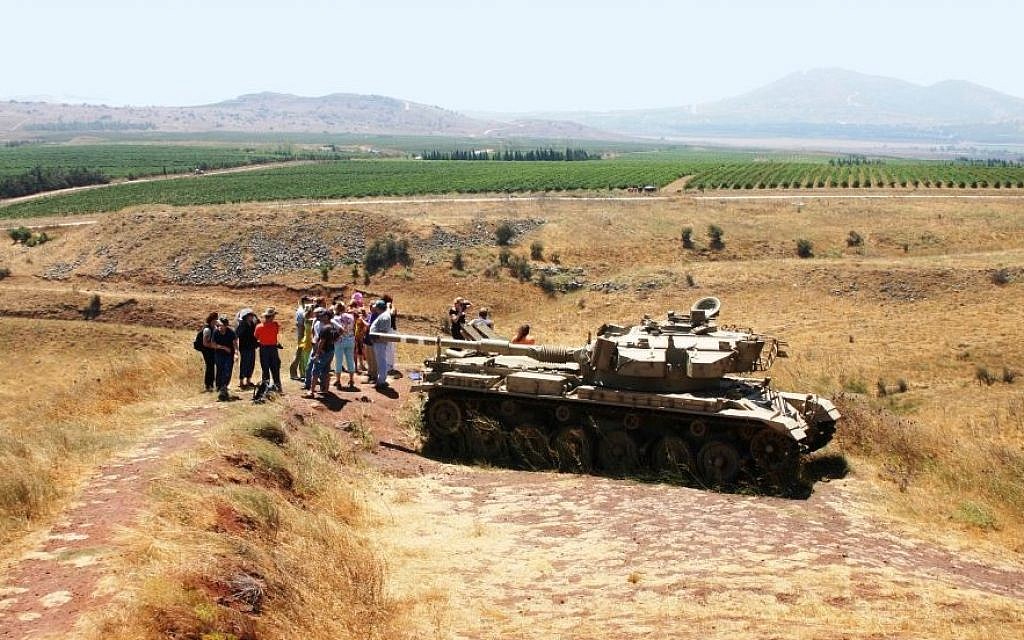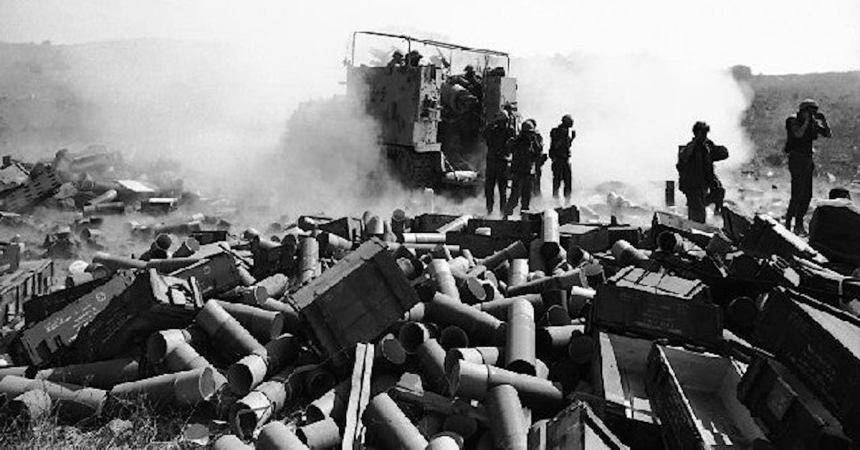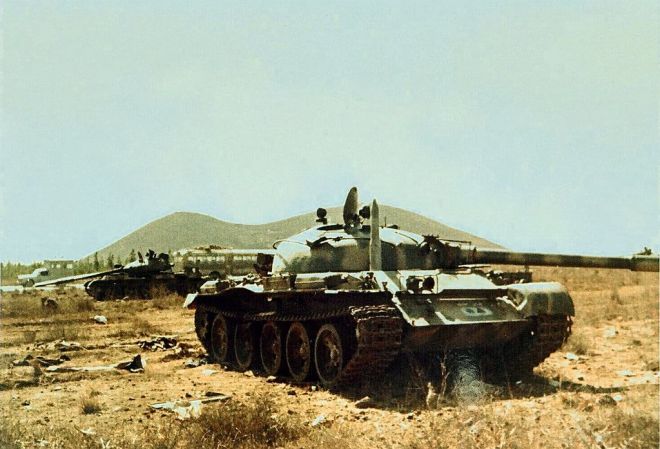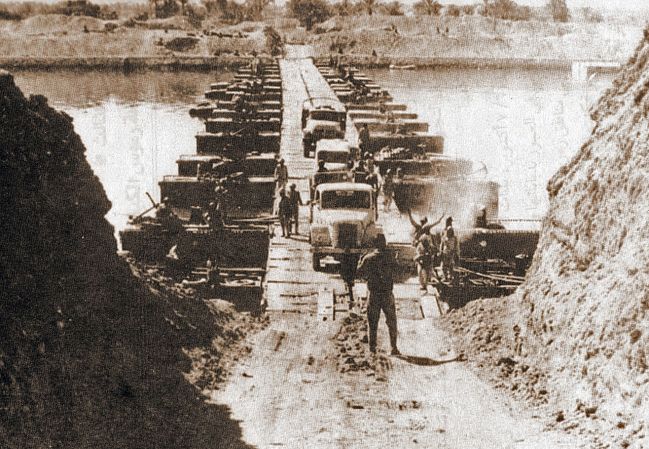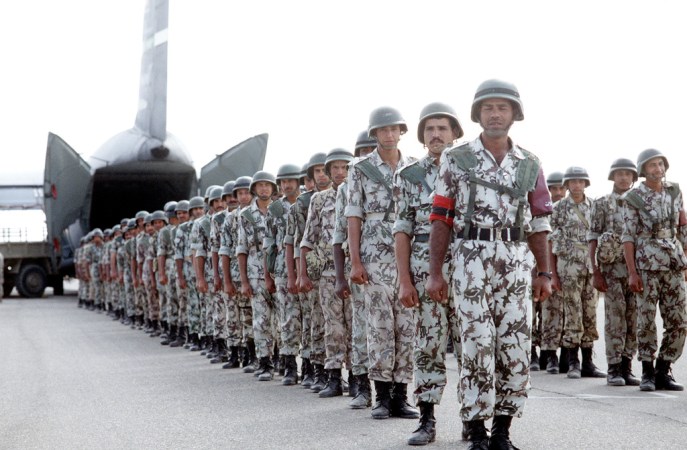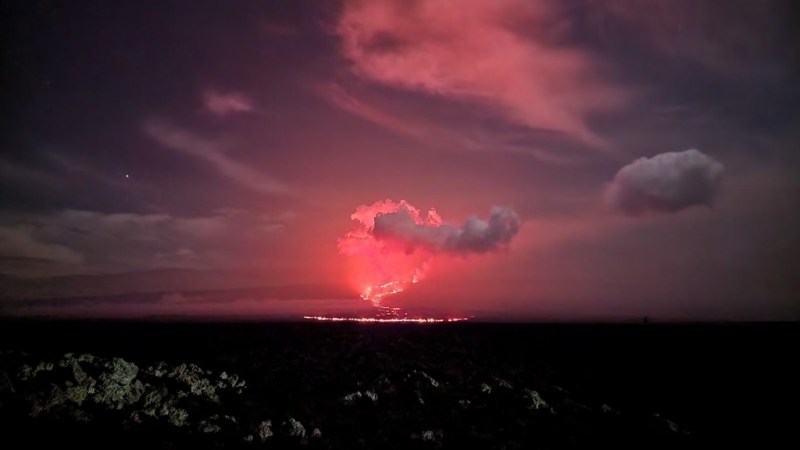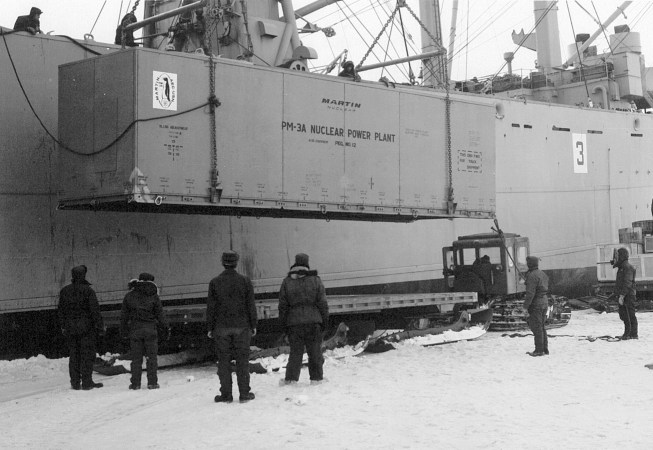On the eve of Yom Kippur in Israel in 1973, everything was calm. In fact, for an entire day, there is very little movement in the whole of the country. One can stand on the balcony of a hotel in Tel Aviv and not see so much as a car moving on the vast streets below.
In the years since the lightning victory of the Six Day War, in which Israel took possession of territories that would comprise the West Bank, the Sinai Peninsula and the Golan Heights, it has been said that the Israel Defense Forces, if not the whole of society, had become complacent, even arrogant, and did not believe their neighbors would challenge them again.
They were wrong.
As Israelis settled into their homes that evening (Major Gen. Ariel Sharon had retired in the spring and was relaxing at his ranch in the Negev), they did not know that Egypt and Syria were about to launch a coordinated, pincer-attack. They intended to link up in Tel Aviv and kill Israel.
Tanks began pouring into the Sinai in the south and the Golan in the north. Shells pounded the ground and IDF installations. The defenders were caught flat-footed. It would take three weeks of brutal combat to save the nation. A thousand stories emerged from the conflict, not the least of which is the performance of Battalion 77, the tank-fighters, on the Golan Heights.
As Avigdor Kahalani wrote later:
“The history of battle is rich with examples in which the few have overcome the many, and in so doing defied the calculus of numbers that so distorts our ability to both predict battle outcomes beforehand and understand battle outcomes after the battle.”
An IDF tank leader was about to place himself and his fellow soldiers in the pantheon of miraculous fighters.

Kahalani, who commanded a tank battalion in those dark days, has done something few historians can do—recount those days from a first-person perspective. This is no researcher in a library; he was in the fog and blood of war.
In the initial moments of the war, Kahalani and his men came under artillery fire; he said not only shrapnel but also bits of black basalt rock rained down on them. They were about to go into hell.
Whole companies no longer existed and the brass scrambled looking for new leadership to lead the tank battles they all knew were coming.
By October 12, Israel had matched Syria in the north with a bulge of their own, having entered Syrian territory on the high ground above the village of Mazrat Beit Jan. They were near the Damascus Road (which by the end of the war would take the IDF to within a few miles of the Syrian capital).
In all wars, certain locales become significant in the unfolding strategies. Kahalani and his men now found themselves in just such a situation. Because the Syrians might be able to repel an Israeli advance near the village, the order came suddenly to take Mazrat Beit Jan. Kahalani sent a battalion into the village; between artillery fire and two MiGs screaming out of the sky to drop their bombs, the battle-hardened Kahalani watched the advance and likened the survival of his tanks to “divine intervention.”
What happened next kept Kahalani in that thin place between life and death. Someone shouted that a MiG was dropping bombs, one of which missed Kahalani’s tank by mere feet. The blast rocked the tank on its treads and killed three members of a platoon instantly. While Kahalani tried to get a glimpse of the unfolding battle in the village, his men began cannibalizing tanks to reinforce those that could still fight. The chaos was overwhelming physically and mentally.
Finally reaching someone on the radio, Kahalani realized that the new deputy commander in the village was Amos Lurie, who had been wounded in the War of Attrition between the wars; he had lost his left hand. Such was the desperate situation Israel was in.
A final miracle occurred when out of nowhere appeared Menahem Dror, who had been wounded so severely in the Six Day War that his doctors told him he was no longer fit for service. His head wound was that serious and long-term. Yet here he was.
Dror soon reported that he and his men had destroyed four of the five Syrian tanks protected by a grove near the village. At that point, remembers Kahalani, “I knew Mazrat Beit Jan was ours.” From there a mop-up operation put the IDF back on the path to taking the fight deep into Syrian territory.
Many, many men that took part in the fighting against the Syrians during those October days say miracle-after-miracle occurred that turned the tide of the war.
Maybe it was that Divine Intervention after all. Avigdor Kahalani and his Battalion 77 don’t doubt it, to this day.

